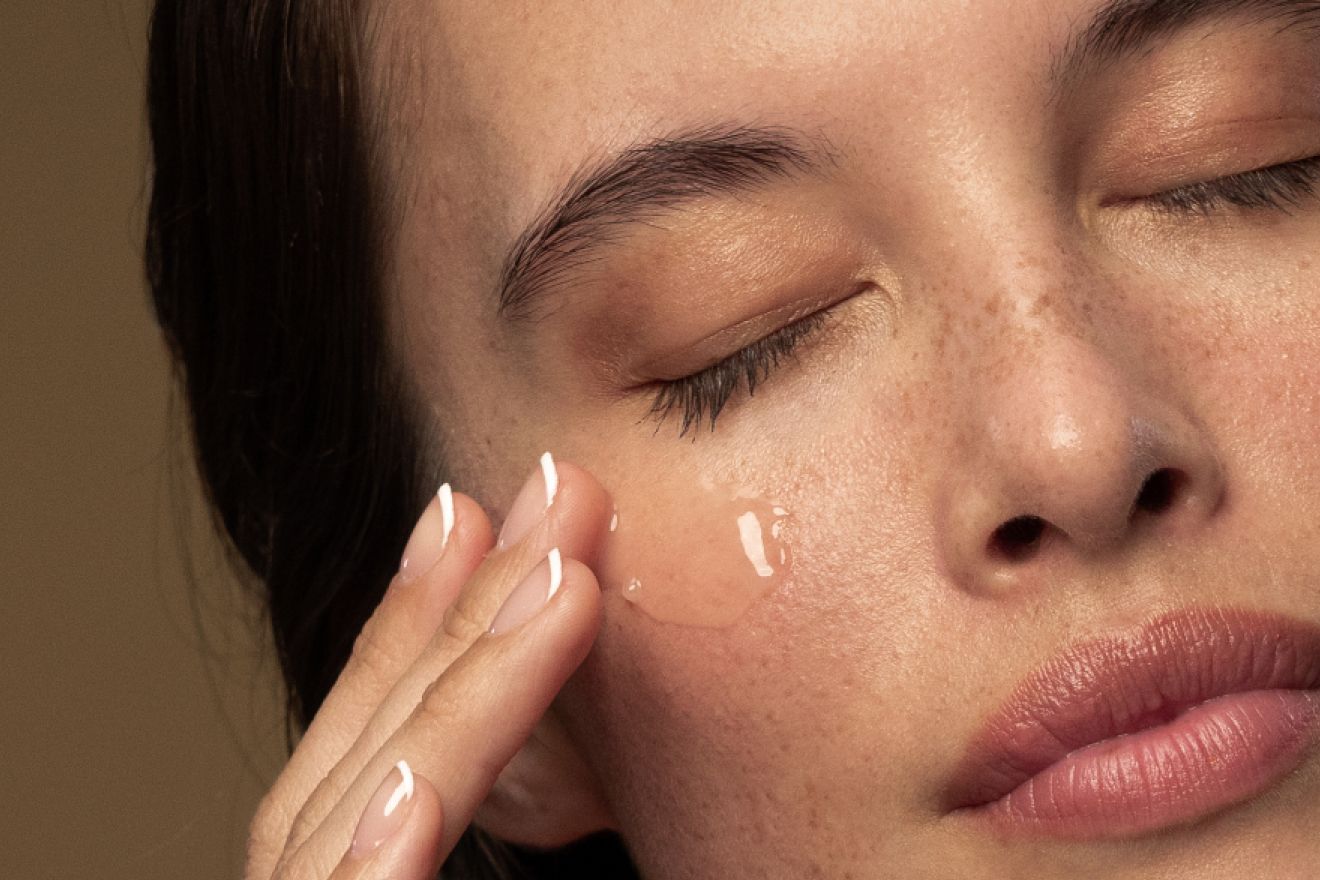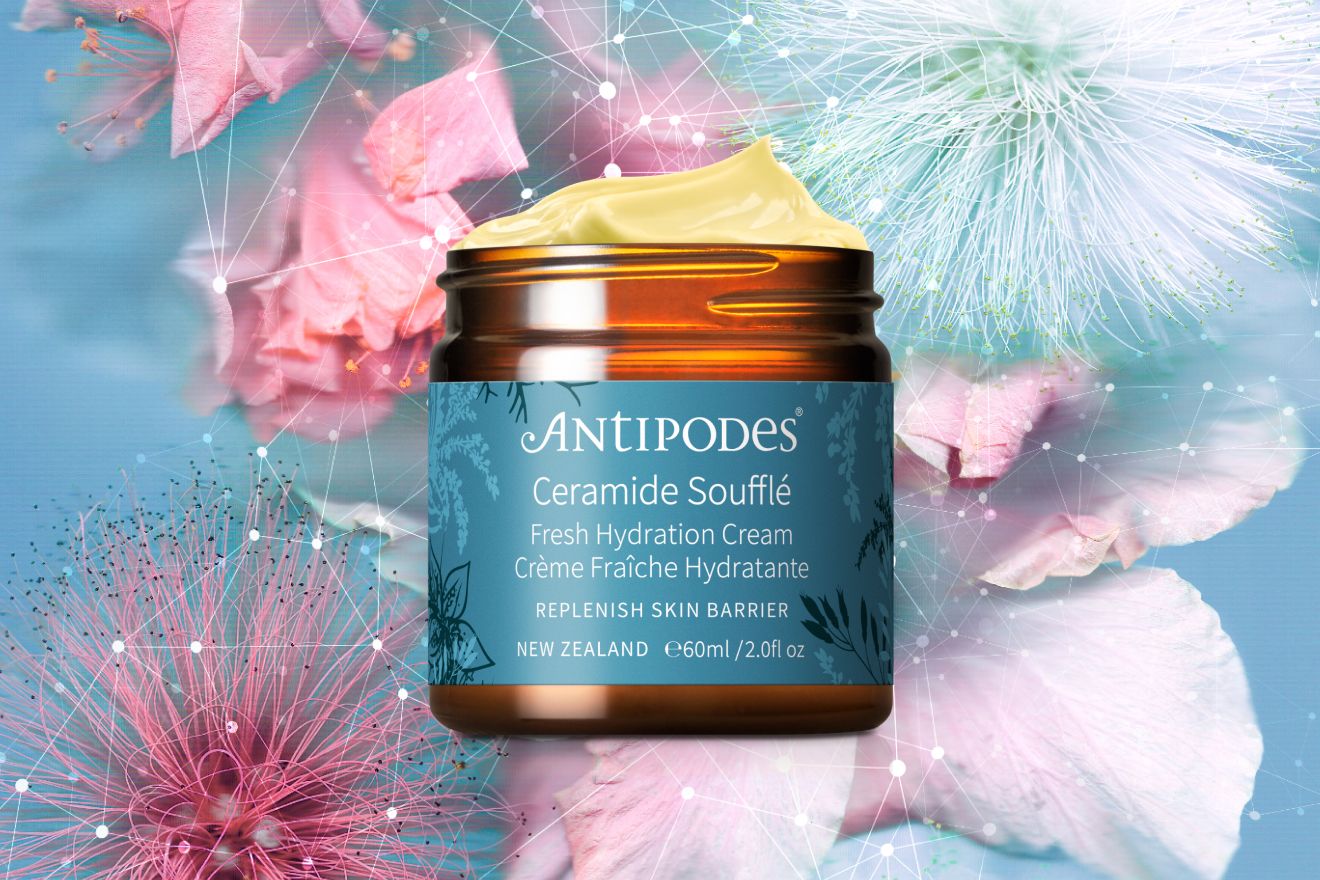
Harsh actives, damaged skin, and how to fix it
A gentle approach to stronger skin
Not long ago, the skincare goal was clear: exfoliate, strip, and resurface your way to perfect skin. For a while, it worked – or at least, it seemed to. But for many Gen Z (and even Gen Alpha) skincare lovers, that glow came at a cost.
Now, dermatologists and beauty experts are sounding the alarm: too much too soon is damaging skin. Retinols, AHAs, BHAs, and high-dose synthetic vitamin C serums can be effective – but when misused or over-layered, they can compromise the skin barrier, leading to dryness, breakouts, redness, and long-term sensitivity.
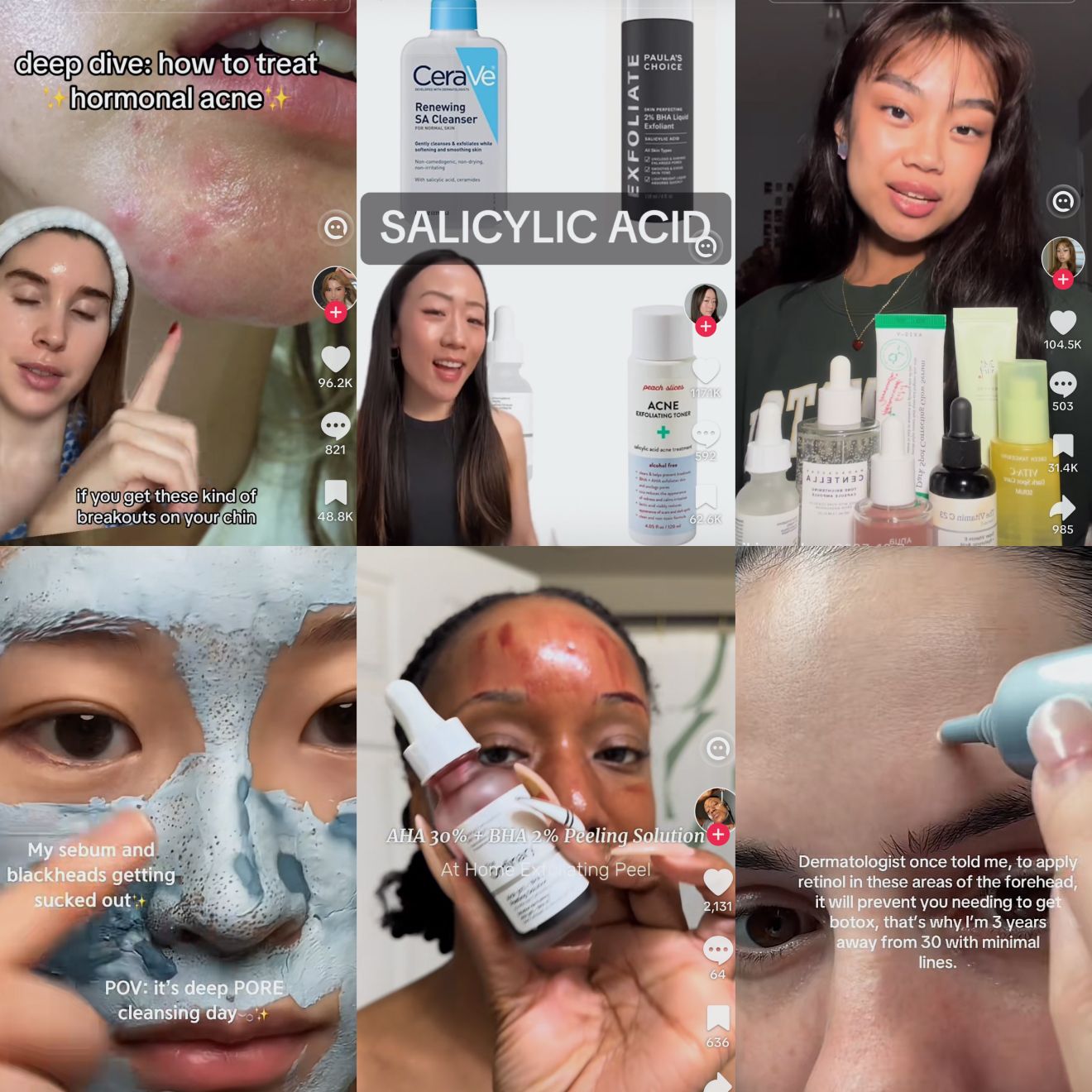
The social media trap: too much too soon
Social media has made skincare more accessible than ever – but also more overwhelming. A scroll through TikTok shows teens and tweens layering high-strength exfoliants, using multiple serums at once, and copying routines meant for mature skin.
The result? A generation of people dealing with irritated, over-exfoliated, barrier-damaged skin – often before they’ve even hit adulthood.
What is the skin barrier – and why does it matter?
Think of your skin barrier as a brick wall. The skin cells are the bricks; the lipids that hold them together (ceramides) are the mortar. This outermost layer – also known as the stratum corneum – acts as your body’s frontline defence. It keeps moisture in and irritants out.
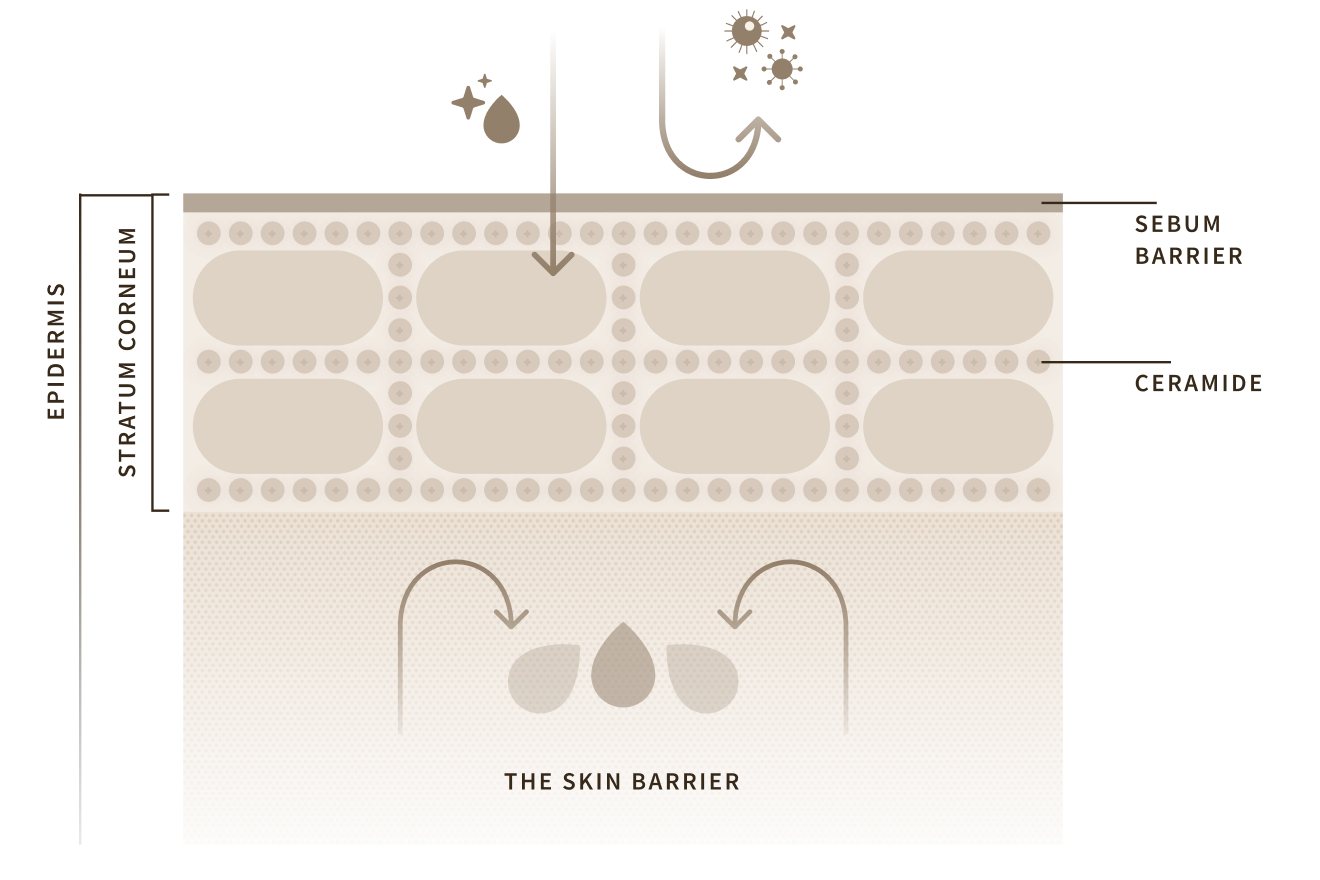
When your skin barrier is strong, skin looks and feels healthy, bouncy, and balanced. But when it’s compromised, things quickly go downhill: sensitivity, stinging, dehydration, tightness, flaking, and even acne flare-ups.
How to know if your skin barrier is damaged
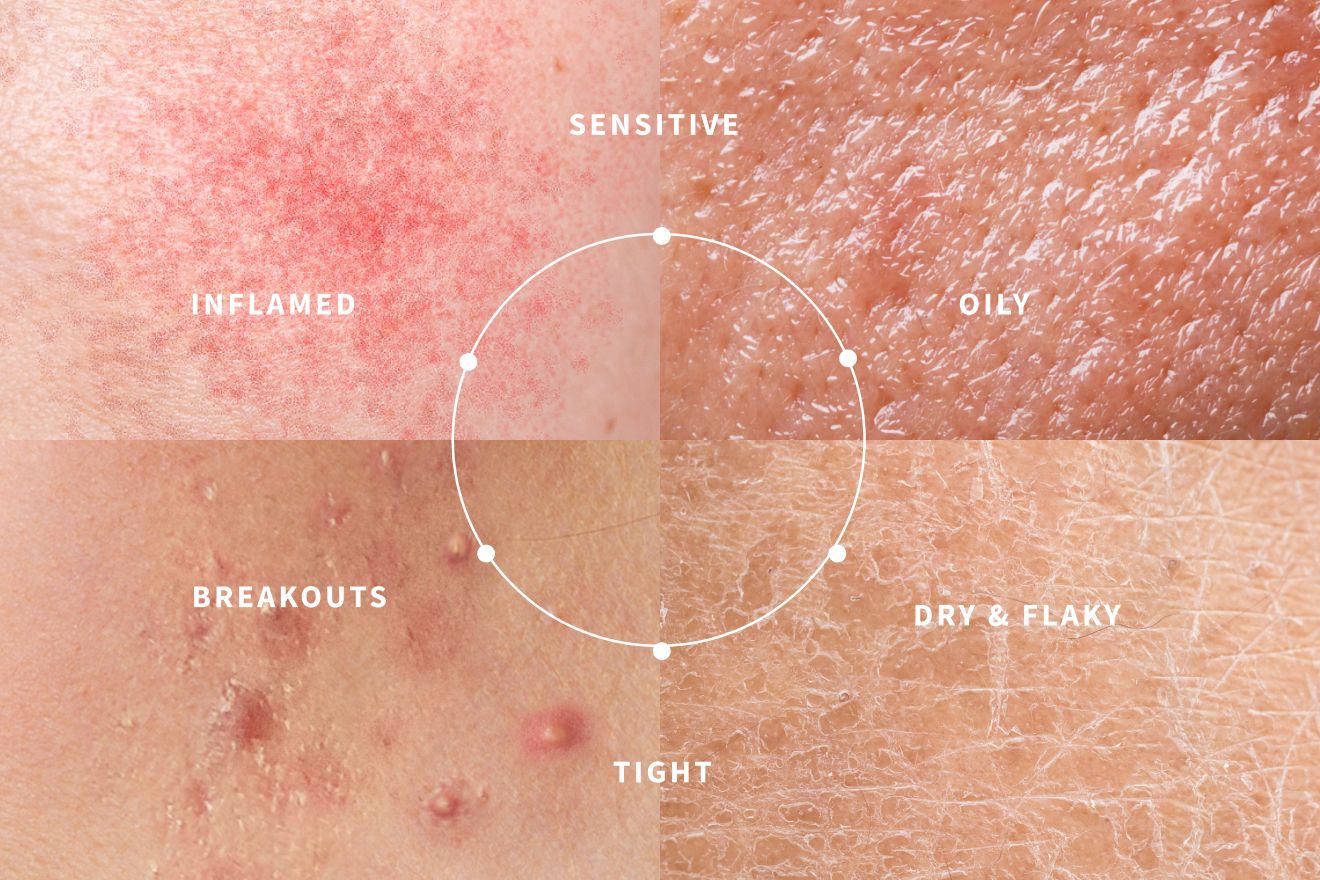
You might be dealing with barrier disruption if your skin feels:
• Red, inflamed, or sensitive
• Tight and uncomfortable, even after moisturising
• Dry and flaky
• Extra oily (your skin may be overcompensating)
• Prone to breakouts in areas that were previously clear.
The good news: your skin can recover
Your skin barrier is smart – it wants to heal. But it needs the right support. That’s where barrier repair skincare comes in. The new wave of skincare doesn’t aim to strip or resurface. Instead, it’s all about rebuilding. Soothing, strengthening, hydrating, and replenishing the skin barrier with ingredients your skin recognises and responds to.
Meet your barrier’s best friend: Ceramide Soufflé Fresh Hydration Cream
At Antipodes, we’ve seen the shift – a rebellion against harsh actives and a return to skin kindness. That’s why we created Ceramide Soufflé Fresh Hydration Cream: a natural high-tech, whipped moisturiser that feels like a dream but works like a powerhouse.

What makes Ceramide Soufflé different?
While cult-favourite barrier creams rely on synthetic ingredients, Ceramide Soufflé offers a natural solution using high-tech bioactives – with outstanding results.
- Next-generation natural ceramides mimic the skin’s own, locking cells together and preventing moisture loss.
- Plant hyaluronic acid delivers deep hydration, leaving skin feeling plump, quenched, and calm.
- Sepilift™ peptides (a natural form of dihydroxyproline) stimulate collagen by up to 55%* in independent in-vitro testing – helping skin stay firm and resilient.
- New Zealand Harakeke flax soothes and cushions skin like nature’s version of aloe vera.
- Kakadu plum, packed with vitamin C, brightens dull skin – without the irritation of synthetic ascorbic acid.
- With a silky texture and a fresh botanical scent, Ceramide Soufflé melts into skin, helping to repair damage and restore balance.
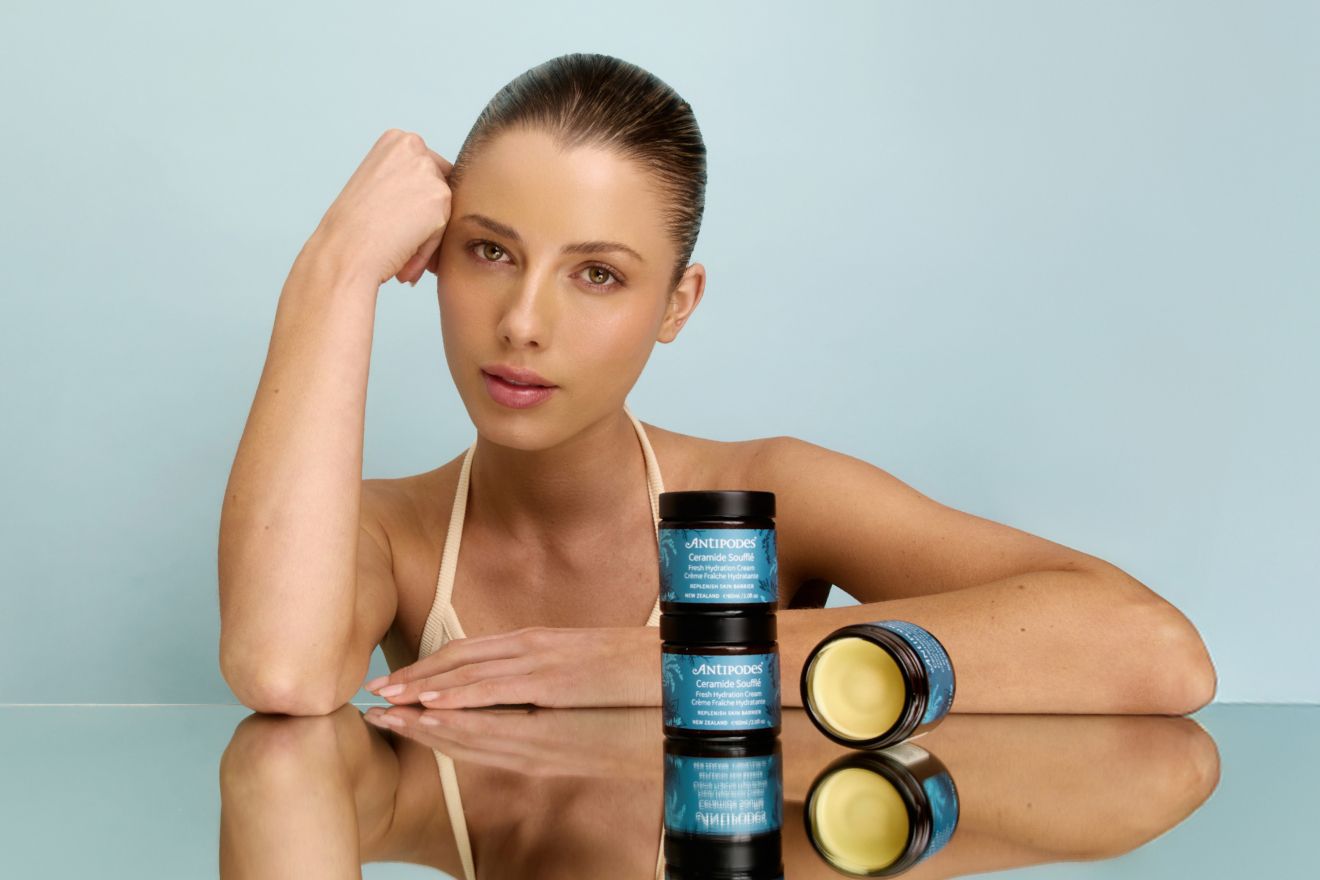
As we age, our skin begins to show visible signs of time – from fine lines and wrinkles to a loss of firmness and elasticity. While ageing is a natural process – and a privilege – a regular skincare ritual can help reduce these signs and support smoother, more youthful-looking skin, for longer. Over time, skin changes in several ways:
Your new routine: how to care for a compromised barrier
Simplify
Strip your routine back to the essentials: a gentle cleanser, a hydrating mist, and a barrier-focused moisturiser.
Switch to barrier-friendly ingredients
Ceramides, plant hyaluronic acid, peptides, harakeke flax gel, and omega-rich oils are your skin’s best allies.
Avoid over-exfoliation
Limit AHAs, BHAs, and retinols, or pause them entirely until your skin calms.
Hydrate, then hydrate again
Use a rich but breathable moisturiser like Ceramide Soufflé to lock in hydration and support skin regeneration.
Be patient
Barrier repair takes time, but with consistency and the right products, your skin will bounce back.
Barrier-loving natural skincare
Replenish your skin barrier and provide enduring hydration with this high-tech light, whipped moisturiser.
Target dehydration
Discover uncompromising UVA + UVB protection with this waterless, SPF50+ mineral sunscreen.
Target UV damage & premature ageing
Restore calm to stressed or blemished skin and balance your skin’s microbiome with this probiotic water cream.
Target redness & blemishes
Target dull skin with this brightening face mask infused with vitamin C and high-tech active ingredients.
Target dull skin









